The Archimedes’ Constant, π Seen by Mechanical Engineers
Abstract
1. Introduction
2. Basic Concept
3. Compilation of the Values of
4. Obtaining from Engineering Data
5. Computational and Experimental Approaches
- Model creation, load and boundary condition applications. For this purpose, two different meshing sizes were employed, namely rough (approximately 2000 nodes) and fine (approximately 6000 nodes).→Figure 4.
- Obtain the nodal/element information of and r to compute each individual value of .
- Obtain the nodal/element values of .
- Compute the value of according to Equation (16) for each individual node/element.
- Generate the graph to evaluate the convergence value of using Equation (16).→Figure 5.
- Go back to step 1, mesh the model with different mesh size, and follow the same procedure.
- Generalized estimation:
- Curve fitting for data obtained from rough meshing (based on data points):
- Curve fitting for data obtained from fine meshing (based on data points):
6. Discussion
7. Conclusions
Author Contributions
Acknowledgments
Conflicts of Interest
References
- Nobelprize.org. Wislawa Szymborska—A Biography. Available online: http://www.nobelprize.org/nobelprizes/literature/laureates/1996/szymborska-bio.html (accessed on 22 July 2019).
- Lindenmann, F. Uber die zahl π. Math. Ann. 1982, 20, 213–215. [Google Scholar]
- Berggren, L.; Borwein, J.; Borwein, P. Pi: A Source Book; Springer: New York, NY, USA, 2004. [Google Scholar]
- Gillings, R. Mathematics in the Time of the Pharaohs; Dover: Mineola, NY, USA, 1982. [Google Scholar]
- Posamentier, A.S.; Lehmann, I. A Biography of the World’s Most Mysterious Number; Prometheus Books: Amherst, NY, USA, 2004. [Google Scholar]
- Takahashi, D. Parallel implementation of multiple-precision arithmetic and 2,576,980,370,000 decimal digits of calculation. Parallel Comput. 2010, 36, 439–448. [Google Scholar]
- Stanley, H. Introduction to Phase Transitions and Critical Phenomena; Oxford University Press: Oxford, UK, 1987. [Google Scholar]
- Cassimatis, P. A Concise Introduction to Engineering Economics; Taylor & Francis: Oxfordshire, UK, 1988. [Google Scholar]
- Young, R.M. Excursions in Calculus; Mathematical Association of America: Washington, DC, USA, 1992. [Google Scholar]
- Chong, T.T.L. The empirical quest for π. Comput. Math. Appl. 2008, 56, 2772–2778. [Google Scholar]
- Ponnusamy, S. Foundations of Mathematical Analysis; Birkhauser: New York, NY, USA, 2012. [Google Scholar]
- Miller, F.; Vandome, A.; John, M. π: Proof That π Is Irrational, Numerical Approximations of π, Piphilology, List of Formulae Involving P, Leibniz Formula for π, Chronology of Computation of P, Wallis Product; VDM Verlag Dr. Müller: Riga, Latvia, 2010. [Google Scholar]
- Newton, I.; Whiteside, D. The Mathematical Papers of Isaac Newton: Year 1684–1691; Cambridge University Press: Cambridge, UK, 2008. [Google Scholar]
- Rao, K. Srinivasa Ramanujan: A Mathematical Genius; East West Books: Madras, India, 1998. [Google Scholar]
- Eymard, P.; Lafon, J. The Number Pi; American Mathematical Society: Providence, RI, USA, 2004. [Google Scholar]
- Idris, R.; Prawoto, Y. Designing steel microstructure based on fracture mechanics approach. Mater. Sci. Eng. A 2009, 507, 74–86. [Google Scholar]
- ASTM. Standard test method for measurement of fatigue crack growth rates. In ASTM:E647; ASTM International Publisher: West Conshohocken, PA, USA, 2008. [Google Scholar]
- ASTM. Standard test methods for tension testing of metallic materials. In ASTM:E8; ASTM International Publisher: West Conshohocken, PA, USA, 2008. [Google Scholar]
- Prawoto, Y. Influence of ferrite fraction within martensite matrix on fatigue crack propagation: An experimental verification with dual phase steel. Mater. Sci. Eng. A 2012, 552, 547–554. [Google Scholar]
- Ramaley, J.F. Buffon’s Noodle Problem. Am. Math. Mon. 1969, 76, 916–918. [Google Scholar]
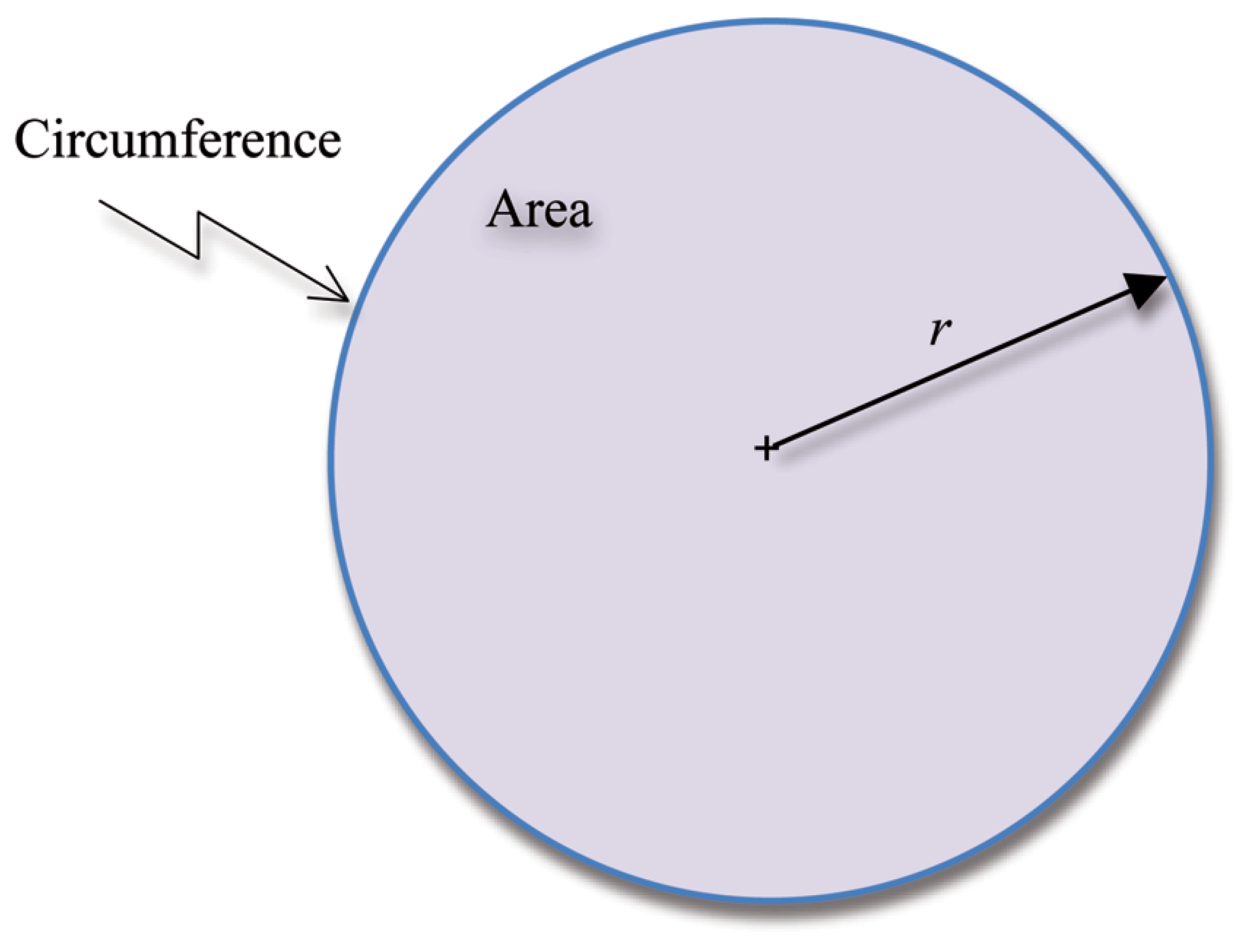
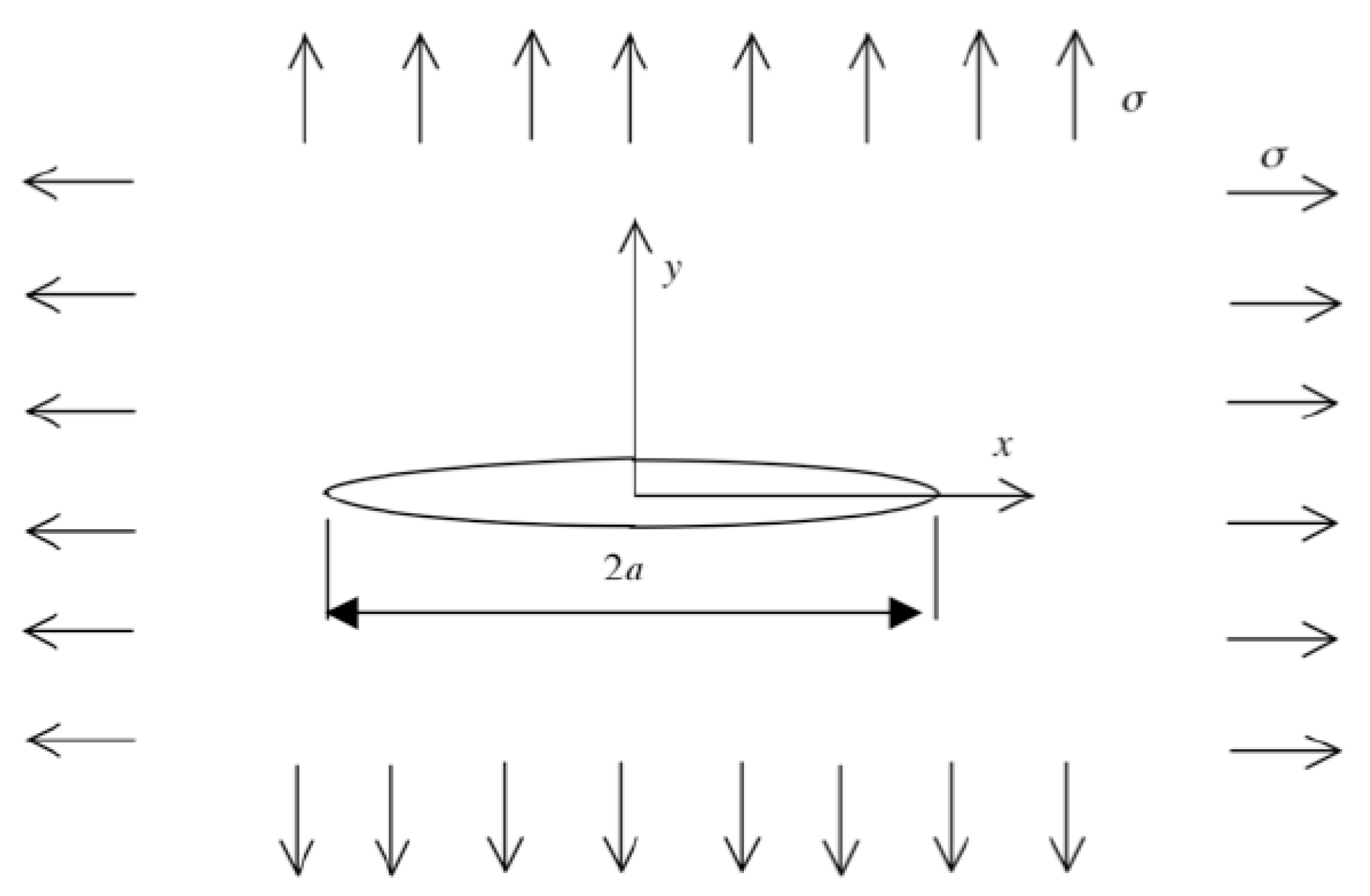
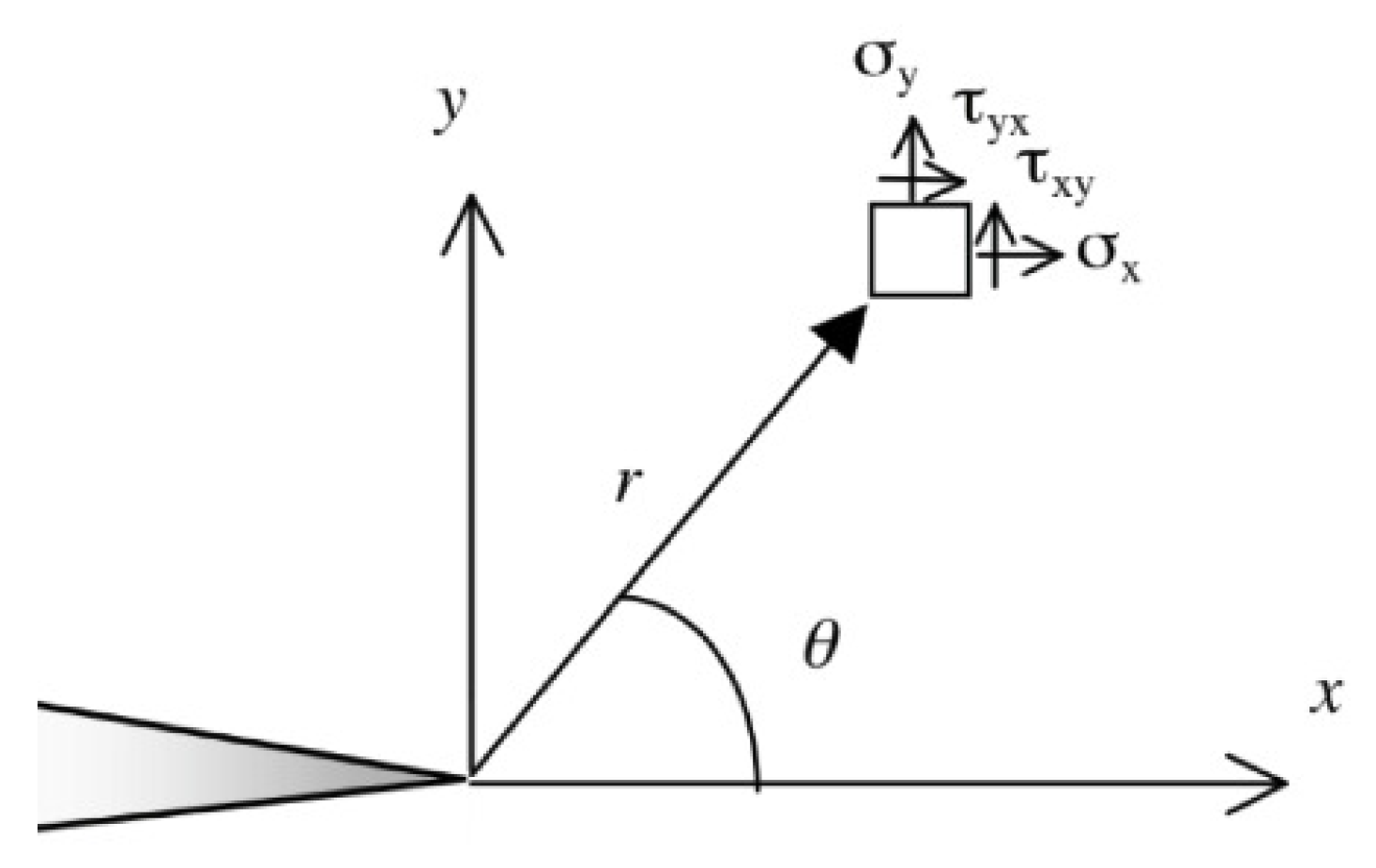
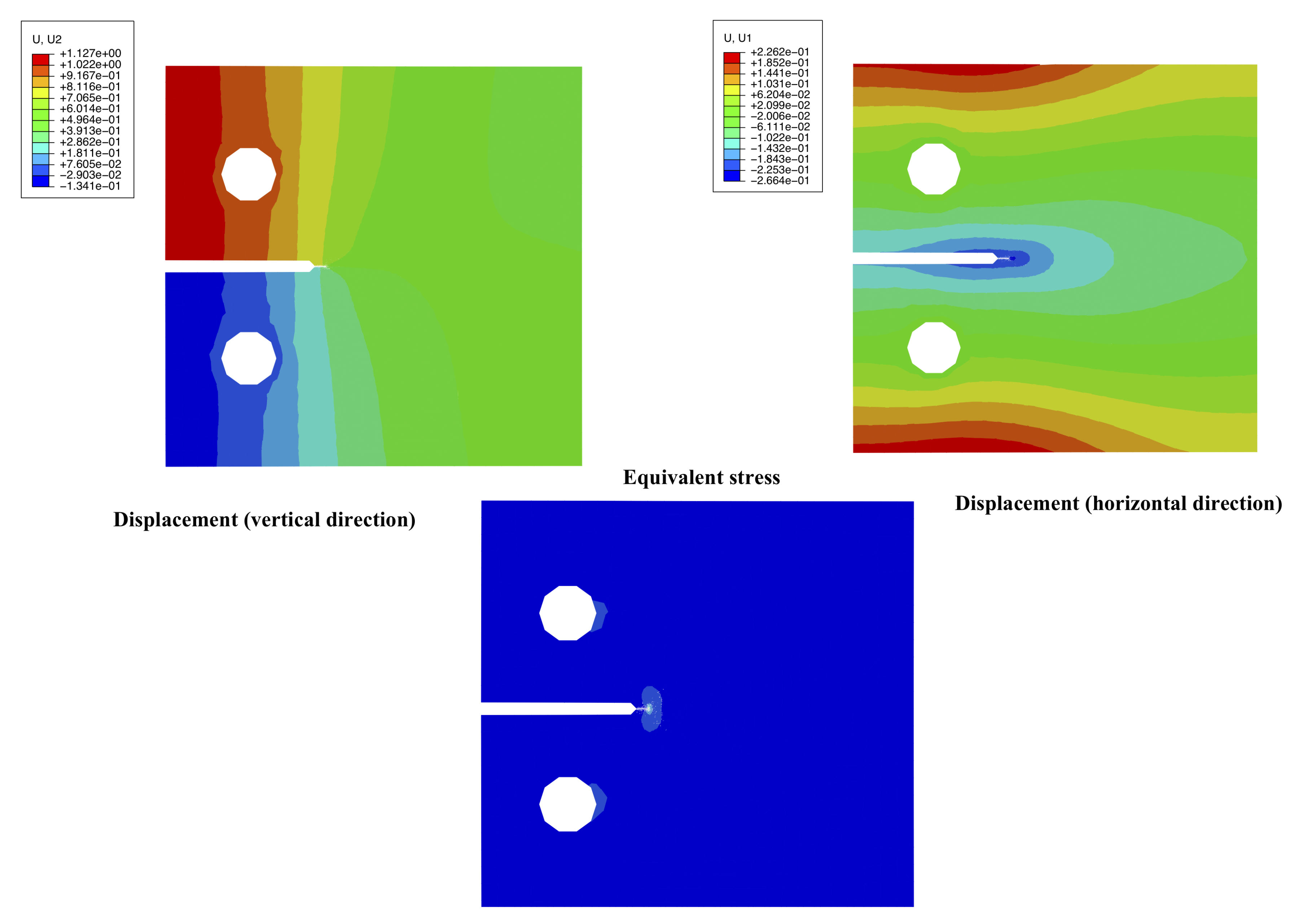


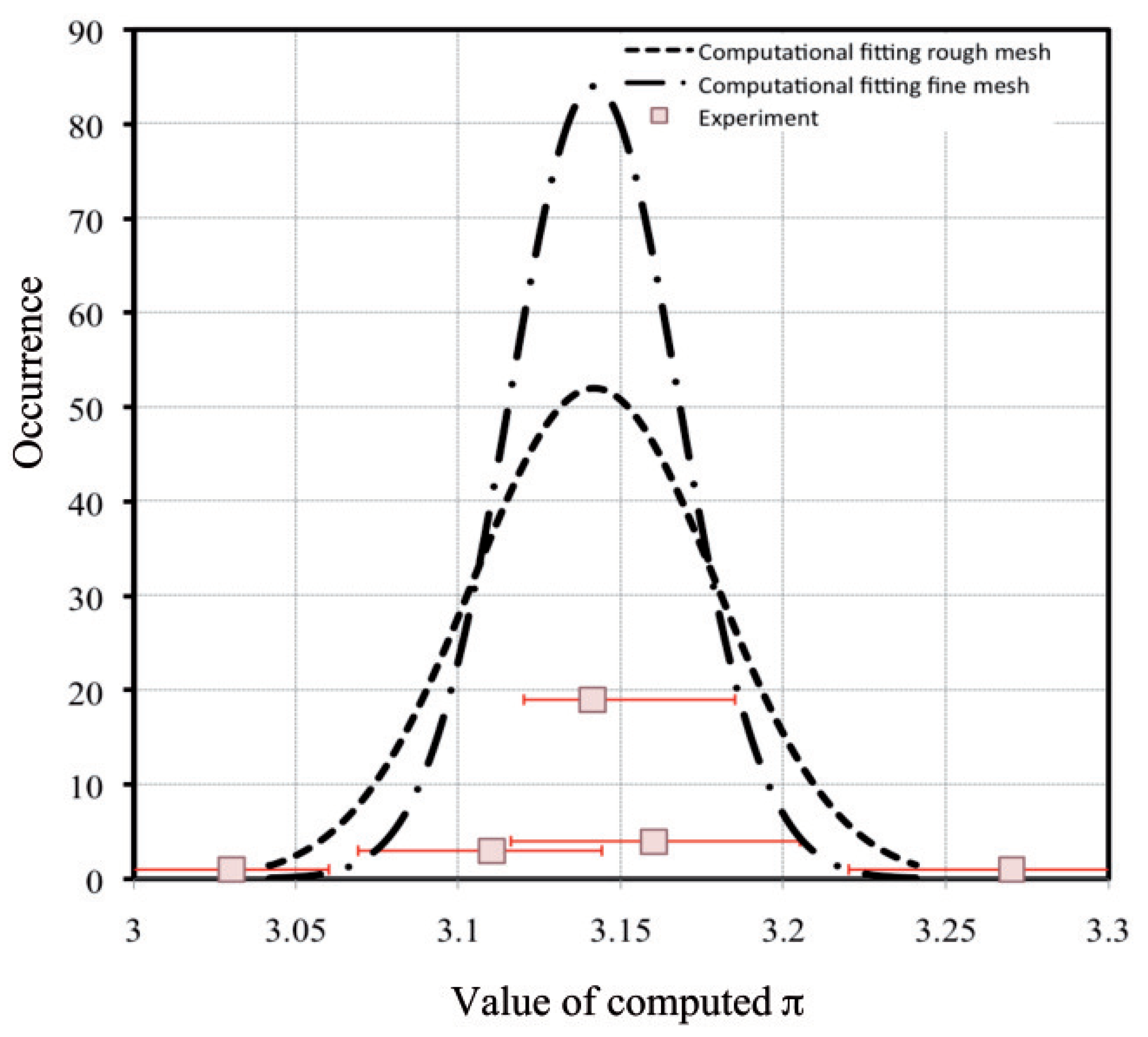
| Value | Inventor and Remarks | Source |
|---|---|---|
| Value used by ancient Egyptians (1650 B.C.) | [4] | |
| Archimedes (287–212 B.C.) | [10] | |
| Zu (429–500 A.D.) | [10] | |
| Viette (1593) | [3] | |
| Madhava–Leibniz series. Slow to converge | [11] | |
| Modified Madhava–Leibniz series. Better convergence, capable of producing accurate 11 digits | [16] | |
| Walli’s product (1650) | [12] | |
| Isaac Newton | [13] | |
| Srinivasa Ramanujan | [14] | |
| Bailey et al. | [15] |
© 2019 by the authors. Licensee MDPI, Basel, Switzerland. This article is an open access article distributed under the terms and conditions of the Creative Commons Attribution (CC BY) license (http://creativecommons.org/licenses/by/4.0/).
Share and Cite
Prawoto, Y.; Suhartono, A. The Archimedes’ Constant, π Seen by Mechanical Engineers. Math. Comput. Appl. 2019, 24, 72. https://doi.org/10.3390/mca24030072
Prawoto Y, Suhartono A. The Archimedes’ Constant, π Seen by Mechanical Engineers. Mathematical and Computational Applications. 2019; 24(3):72. https://doi.org/10.3390/mca24030072
Chicago/Turabian StylePrawoto, Yunan, and Agus Suhartono. 2019. "The Archimedes’ Constant, π Seen by Mechanical Engineers" Mathematical and Computational Applications 24, no. 3: 72. https://doi.org/10.3390/mca24030072
APA StylePrawoto, Y., & Suhartono, A. (2019). The Archimedes’ Constant, π Seen by Mechanical Engineers. Mathematical and Computational Applications, 24(3), 72. https://doi.org/10.3390/mca24030072






